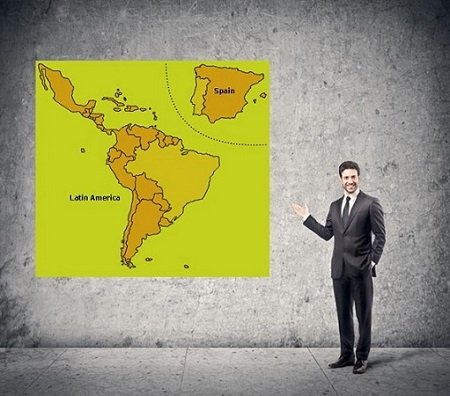The Differences between Castilian Spanish and Latin American Spanish

Castilian Spanish – so named for its roots in the region of Castile – emerged from Spain’s many regional languages and dialects to become the primary language of the nation. Castilian Spanish was later brought to the New World through the colonization efforts of the Spanish, where the language enjoyed widespread adoption throughout the Americas. […]


